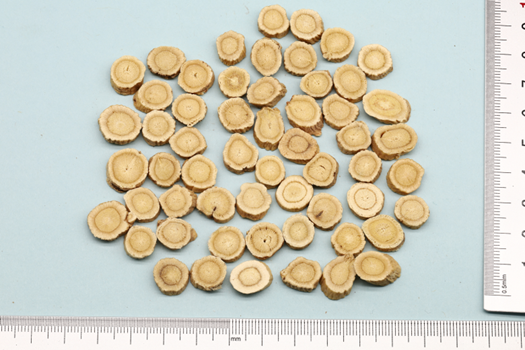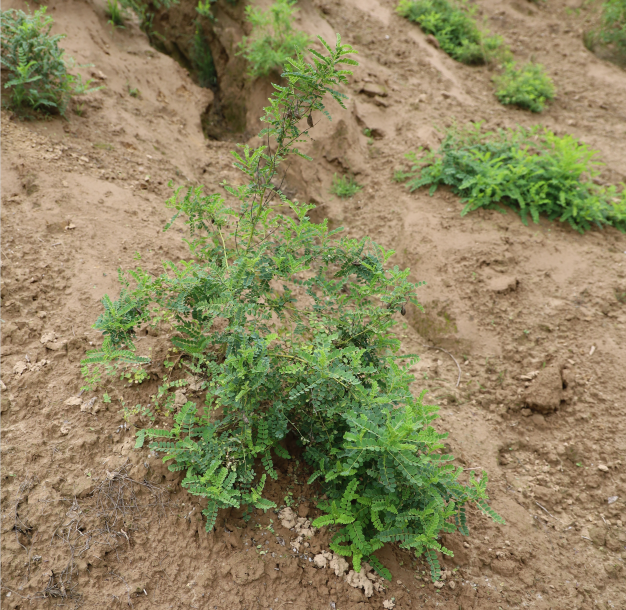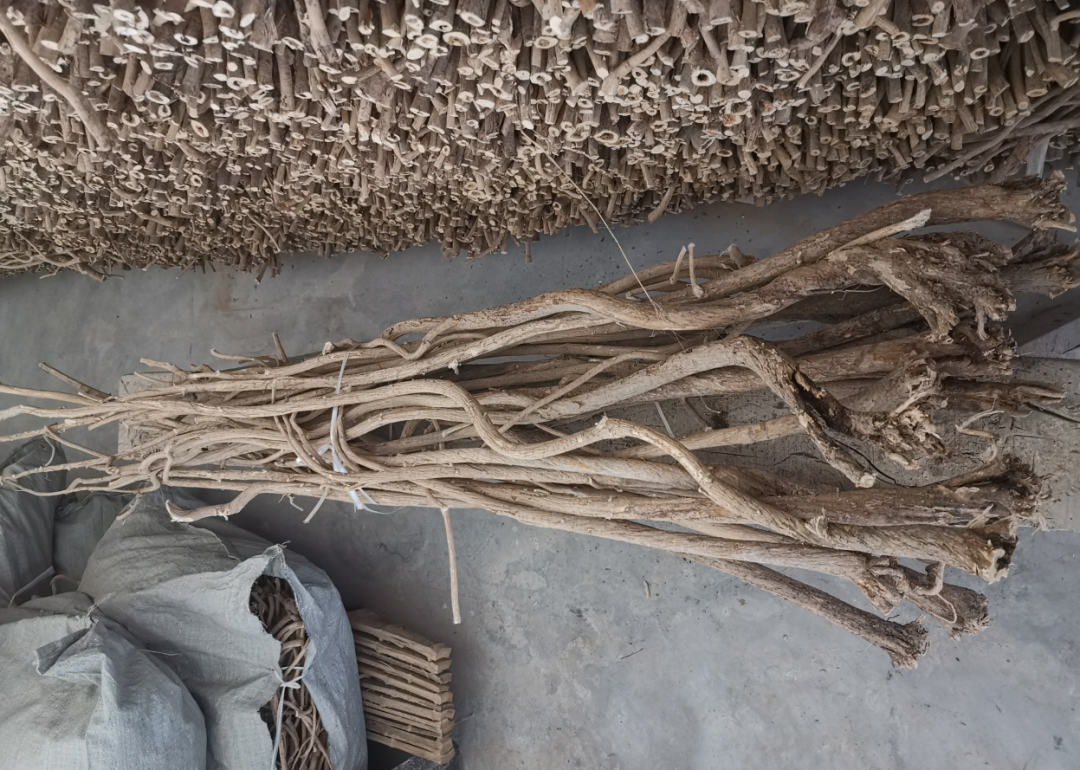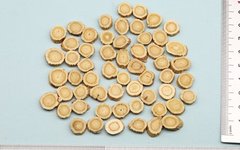Huang Qi (Astragalus membranaceus), originally named Huang Qi, first appeared in the “Fifty-Two Disease Formulas”. The “Shen Nong’s Materia Medica” classifies Huang Qi as a superior herb, with Li Shizhen explaining its name: “Qi means long; Huang Qi is yellow in color, and as a long-lasting tonic, it is named accordingly.”

 Historical Stories
Historical Stories
One
According to the “Old Book of Tang”, there is a story related to Huang Qi. Xu Yinzong, a native of Yixing in Changzhou, served under the Southern Chen’s King of Xincai. One day, the empress dowager Liu was unable to speak due to illness, and despite consulting many famous doctors, they were all at a loss. Her pulse was deep, and she could not take medicine orally. Xu Yinzong suggested, “Do not use oral medicine; it is better to use the steam from the decoction to fumigate her. This will allow the medicine to penetrate the skin and be effective.” He then boiled a large quantity of Huang Qi (Astragalus) and Fang Feng (Saposhnikovia divaricata) decoction and placed it under her bed, allowing the steam to rise like smoke. That night, the empress dowager was able to speak. As a result, he was appointed as the governor of Yixing. After the fall of the Southern Chen, he entered the Sui dynasty and served as the official in charge of medicine.
Two
The lonely lamp casts shadows through the long night, I pick a flower branch but cannot bear to look.
With white hair, I shy away from colorful hairpins, while Huang Qi (Astragalus) porridge is offered on the spring plate.
In the east, the dog is cooking as the sun begins to rise, while in the southern lane, the cattle lie in groups.
Old Master has always been deeply interested, who in the corner has a full hall of joy.
—— Song Dynasty, Su Shi, “On the Day of Spring, Inviting An Guo While Sick, Also Requesting Yu Gong to Join. Although I Cannot Drink, I Will Ask Cheng Bo to Host the Gathering, I Will Lean on My Cane and Watch You All Laugh and Drink, to Relieve My Stagnation and Melancholy. Two Poems, the First”
This poem by Su Dongpo was written in the eighth year of Xining, when he was already in his forties. That year, on the day of spring, he had been transferred to Mizhou for a year, but had spent a long time ill. Nevertheless, he still held a banquet, inviting friends and colleagues to attend. “With white hair, I shy away from colorful hairpins, while Huang Qi porridge is offered on the spring plate” refers to his embarrassment at having white hair and not wanting to use colorful hairpins, but the porridge made from Huang Qi could be presented as a spring dish.
 Herbal Collection
Herbal Collection The “Chinese Pharmacopoeia” records Huang Qi as the dried root of the leguminous plant Huang Qi (Astragalus membranaceus) or Huang Qi (Astragalus mongholicus). It is harvested in spring and autumn, with the fibrous roots and root tips removed and then dried. It is mainly produced in Shanxi, Gansu, and Inner Mongolia.[Properties] Sweet, slightly warm. Enters the Lung and Spleen meridians.[Functions] Tonifies Qi and raises Yang, stabilizes the exterior and stops sweating, promotes urination and reduces swelling, generates fluids and nourishes blood, alleviates stagnation and relieves pain, expels toxins and promotes pus discharge, and promotes healing of sores.[Indications] Used for Qi deficiency and fatigue, poor appetite and loose stools, sinking of the middle Qi, chronic diarrhea and prolapse of the rectum, blood in stools and excessive bleeding, spontaneous sweating due to exterior deficiency, Qi deficiency with edema, internal heat and thirst, blood deficiency with sallow complexion, hemiplegia, numbness and pain, difficult-to-heal carbuncles, and chronic non-healing sores.
The “Chinese Pharmacopoeia” records Huang Qi as the dried root of the leguminous plant Huang Qi (Astragalus membranaceus) or Huang Qi (Astragalus mongholicus). It is harvested in spring and autumn, with the fibrous roots and root tips removed and then dried. It is mainly produced in Shanxi, Gansu, and Inner Mongolia.[Properties] Sweet, slightly warm. Enters the Lung and Spleen meridians.[Functions] Tonifies Qi and raises Yang, stabilizes the exterior and stops sweating, promotes urination and reduces swelling, generates fluids and nourishes blood, alleviates stagnation and relieves pain, expels toxins and promotes pus discharge, and promotes healing of sores.[Indications] Used for Qi deficiency and fatigue, poor appetite and loose stools, sinking of the middle Qi, chronic diarrhea and prolapse of the rectum, blood in stools and excessive bleeding, spontaneous sweating due to exterior deficiency, Qi deficiency with edema, internal heat and thirst, blood deficiency with sallow complexion, hemiplegia, numbness and pain, difficult-to-heal carbuncles, and chronic non-healing sores.

Huang Qi Slices Huang Qi slices are thick, round or oval-shaped, with a yellowish-white to light brown outer skin, showing longitudinal wrinkles or grooves. The cut surface shows yellowish-white skin and light yellow wood, with radial patterns and cracks, and sometimes a central area that appears decayed, blackish-brown, or hollow. It has a faint aroma, a slightly sweet taste, and a bean-like flavor when chewed.Tip: Shaanxi also produces Huang Qi Currently, the mainstream variety in the market is Mongolian Huang Qi (Astragalus mongholicus), which is cultivated in areas such as Hunyuan in Shanxi, Dingxi in Gansu, Wuchuan in Inner Mongolia, and Zizhou in Shaanxi and surrounding regions. The market mainly has two cultivation methods: simulated wild and flat cultivation.

Simulated Wild Cultivation Zizhou County in Yulin City has a long history of Huang Qi cultivation, using a simulated wild cultivation model. Zizhou Huang Qi is known for its long, thick roots, few wrinkles, firm and soft texture, sufficient powdery quality, sweet taste, bright color, and high quality.

Fresh Zizhou Huang Qi

Zizhou Huang Qi Medicinal Material END
END
Source: Xi’an Traditional Chinese Medicine Hospital

